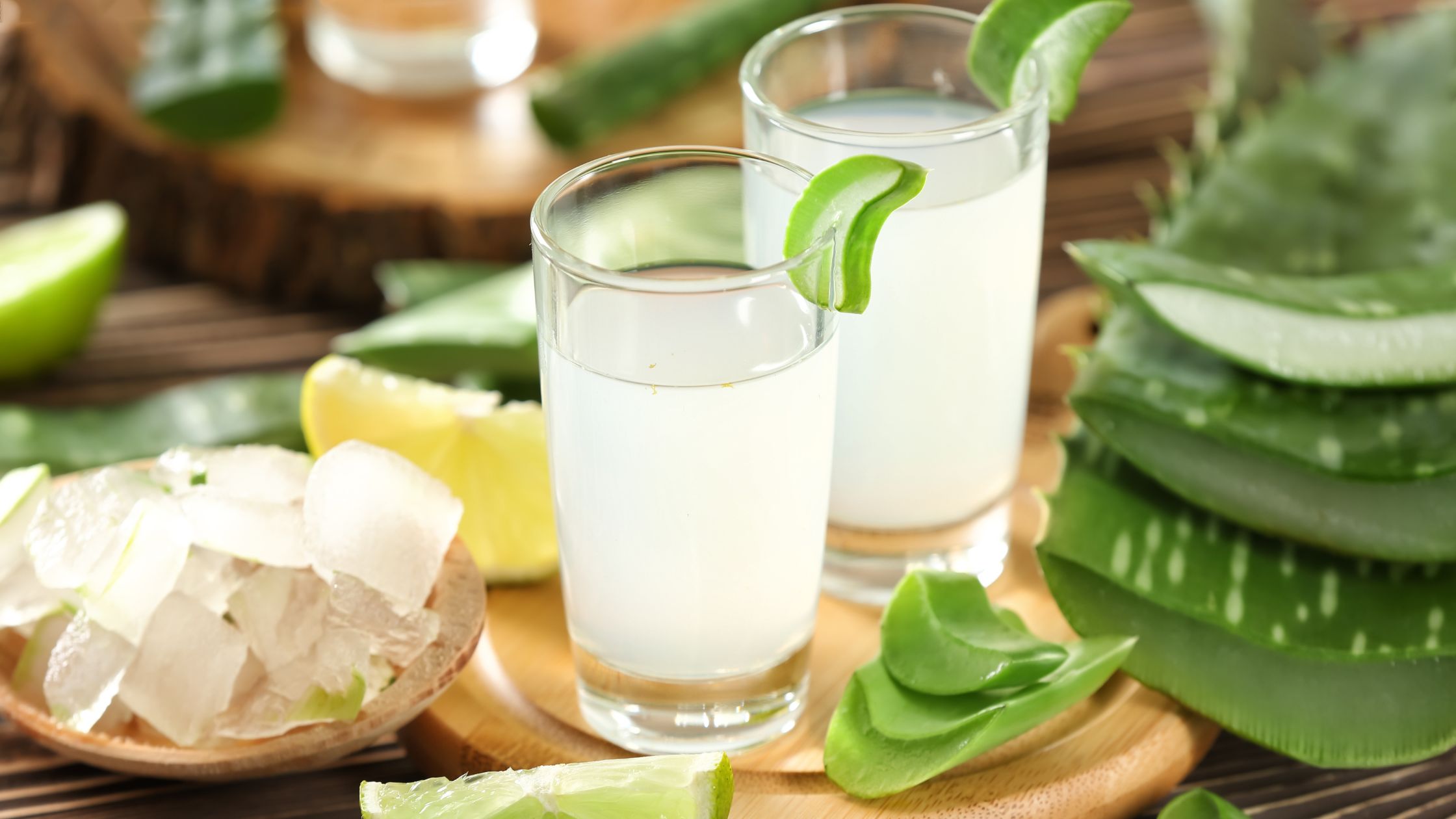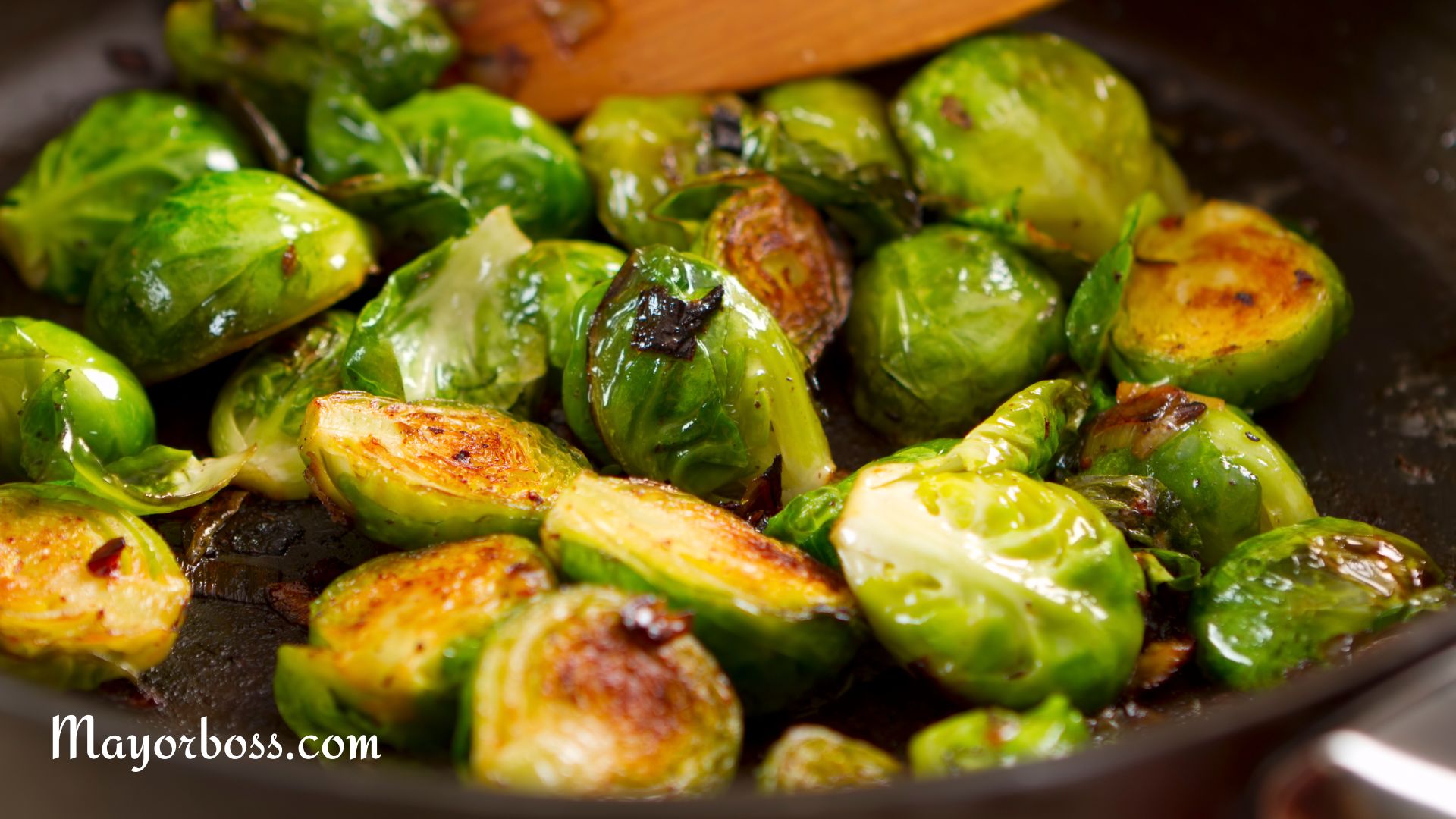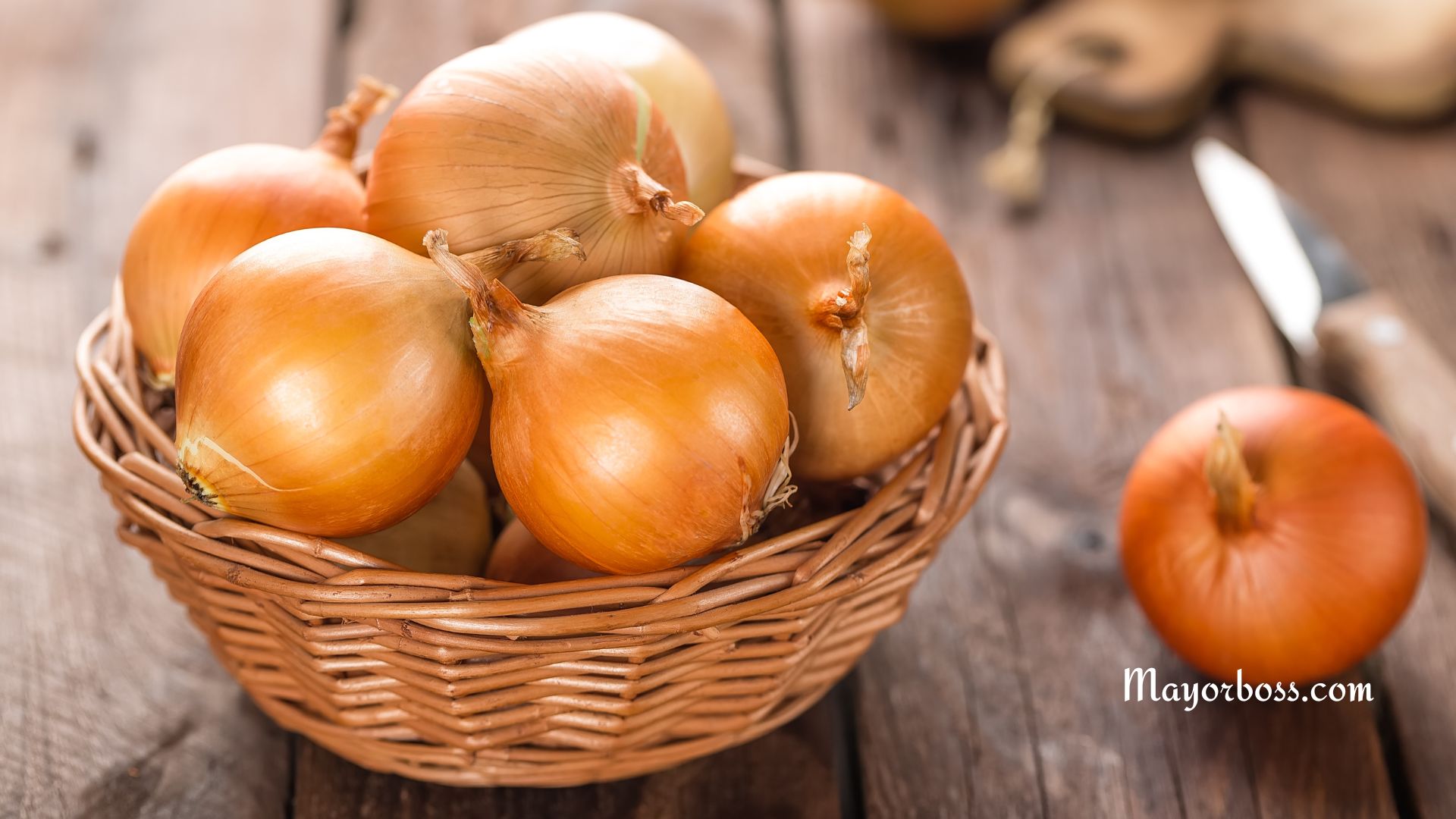What to Eat to Reduce Stomach Acidity
Certain foods can soothe acid reflux, calm your stomach, and help you avoid that burning sensation.

Acid in your stomach helps digest food, but too much of it or if it escapes into your esophagus, can cause that uncomfortable burning feeling called heartburn. If this happens often, you may have acid reflux or gastroesophageal reflux disease (GERD). One of the most natural ways to reduce symptoms is by adjusting what you eat.
Here’s what to include in your meals for real relief.
1. Oatmeal
Oatmeal is one of the best morning choices for someone dealing with stomach acidity. It’s gentle, filling, and absorbs acid in the stomach. Plus, it contains fiber, which helps with digestion and keeps you feeling full.1
Top it with bananas or a few slices of apple for even more stomach-soothing benefits.
2. Bananas
Bananas are low in acid and rich in potassium. They help coat the stomach lining, which protects it from too much acid. Bananas can also help with digestion and reduce inflammation in the gut.2
They make a great snack during the day or can be added to smoothies and oatmeal.
3. Ginger
Ginger has anti-inflammatory properties that calm the stomach and reduce acid production. It’s been used for centuries to treat digestive problems, including nausea, indigestion, and bloating.
Try sipping ginger tea or adding fresh ginger to soups, stir-fries, or smoothies.
4. Leafy Greens
Spinach, kale, lettuce, and arugula are low in acid and packed with nutrients. They help keep your stomach calm and avoid triggering reflux.
You can enjoy them in salads, sauté them lightly, or blend them into a green smoothie.
5. Melons
Melons like watermelon, cantaloupe, and honeydew are not only hydrating but also low in acid. They’re gentle on the stomach and unlikely to trigger heartburn.
Enjoy them fresh or blend them into a cooling juice.
6. Fennel
Fennel helps relax the muscles of your digestive tract. It can reduce gas and bloating, which often come with acidity. Its natural compounds can also tone down inflammation.
Slice it thin and eat it raw in salads, or roast it for a warm, sweet flavor.
7. Non-Citrus Fruits
Citrus fruits like oranges, lemons, and grapefruits can trigger acid reflux in many people. Instead, choose non-citrus fruits like apples, pears, peaches, and berries (especially blueberries and blackberries).
They’re lower in acid and easier on the digestive system.
8. Whole Grains
Whole grains like brown rice, whole wheat, quinoa, and bulgur are rich in fiber. They keep your stomach full and reduce the chances of excess acid leaking upward.
Make these the base of your meals instead of white bread or refined carbs.
9. Lean Proteins
Fatty meats can slow digestion and increase acidity. Instead, go for lean options like skinless chicken, turkey, fish, and eggs. Plant-based proteins like lentils, tofu, and chickpeas are also good choices.
Grill, steam, or bake them for best results—avoid deep frying or heavy oils.
10. Healthy Fats
Not all fats cause problems. Healthy fats like those in avocados, olive oil, flaxseeds, and almonds are less likely to trigger acid reflux. In fact, they may protect the stomach lining.
Use them in moderation to avoid putting pressure on your stomach.
What to Avoid
To reduce stomach acidity, it’s not just about what you eat, but also what you avoid. Some foods are known to relax the valve between your stomach and esophagus, letting acid sneak up. These include:
- Fried foods
- Spicy dishes
- Tomato-based sauces
- Chocolate
- Caffeine
- Alcohol
- Mint
- Carbonated drinks
If you often experience heartburn, try keeping a food journal. Write down what you eat and how you feel afterward. This can help you spot your personal triggers.
Eating Habits That Help
What you eat is important, but how you eat matters too. These tips can keep acid levels in check:
- Eat smaller meals more often. Large meals put pressure on your stomach.
- Don’t lie down after eating. Wait at least 2 to 3 hours.
- Chew your food well. Slow eating helps digestion.
- Stay upright after meals. A short walk helps your body process food better.
- Elevate your head at night. If acid reflux bothers you at bedtime, raise the head of your bed a few inches.
When to See a Doctor
If you’ve changed your diet but still feel burning, pressure, or discomfort in your chest or upper stomach, talk to your doctor. Chronic acid reflux can lead to complications like esophagitis, ulcers, or even changes in the esophagus lining over time.3
Proper treatment can include medications, lifestyle adjustments, and further testing. Don’t ignore ongoing symptoms.
FAQs
1. Can drinking milk help reduce stomach acid?
Some people find that low-fat milk can temporarily relieve heartburn, but full-fat milk may actually make symptoms worse.
2. Are probiotics helpful for acid reflux?
Yes, probiotics may improve digestion and support healthy gut bacteria, which could help reduce symptoms of reflux.
3. Is yogurt good for stomach acidity?
Plain, low-fat yogurt can be soothing to the stomach. It also contains probiotics, which support digestive health.
4. What drinks are best for acid reflux?
Water, ginger tea, and herbal teas (like chamomile or slippery elm) are generally safe. Avoid caffeinated, carbonated, or citrus-based drinks.
5. Can I eat eggs if I have acid reflux?
Yes, especially boiled or poached eggs. Fried or heavily seasoned eggs may trigger symptoms in some people.






